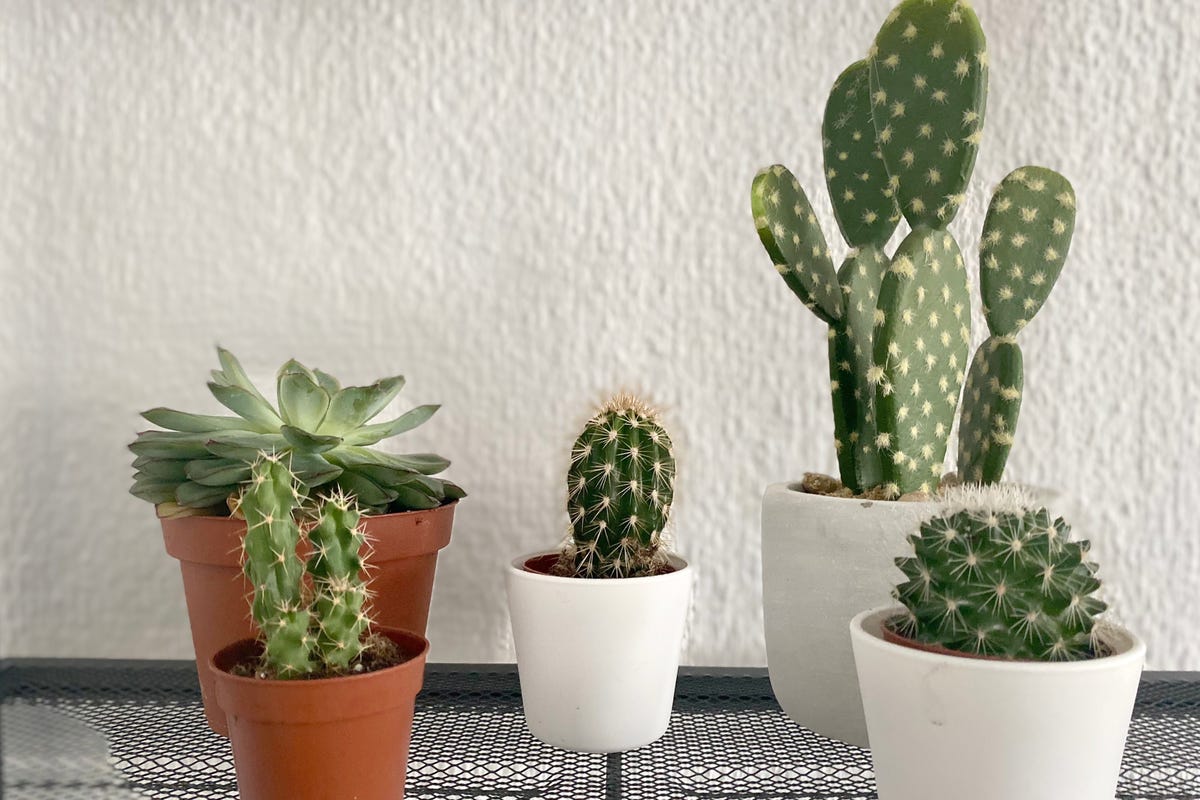Plants are finicky creatures — too much or too little water or sunlight can make leaves curl up and dry out overnight. Add in winter frosts and it’s a recipe for disaster, unless you’ve specifically bought freeze-proof plants that can survive outdoors in the snow.

Now that it’s November, it’s time to advance those outdoor plants indoors if you want to keep them alive and thriving through the winter months. But it will take some transitioning to get them used to their new environment in your home.
Follow our tips to keep your plants healthy year-round. Plus, check out how to help your houseplants thrive by putting them in the right spot, and how to keep your plants alive while you’re traveling.
advance your plants inside before it gets too cold
Plants need to be transitioned indoors before the outside temperature starts dropping below 45 degrees F (7 degrees C) at night.
If it’s a tropical plant — such as a potted lemon tree or passion flower — you’ll want to start the transition before temperatures hit 50 degrees F (10 degrees C) at night.
Find the right space inside for your plants
Before you start, make sure you have an adequate area indoors where you can advance your outdoor plants. You’ll need to consider light, temperature and humidity.

Your cacti and succulents have different needs once you advance them indoors.
Light
Sunlight is the biggest factor. If the plant likes shade or partial shade, most windowsills will be adequate.
But if it’s a sun-loving plant, you may need to add a growing light. A growing light or growing lamp has special bulbs that mimic natural sunlight.
This gives your plants the nutrition they need, no matter how much sun your room gets. Look for one with a timer so it can automatically turn itself on and off. You’ll want to give full-sun plants around 16 hours of light from a growing lamp per day.
Heat and humidity
Cacti aside, most plants appreciate at least some humidity. Inside your home, heaters and fireplaces can dry out the air, so if you have room in your bathroom by a window, that’s an ideal spot a few plants. If not, don’t worry. Adding a small cool humidifier to the room where your plants will be is good enough.
Finally, consider temperature. Keep your plants away from heaters, air vents or fireplaces to help keep the temperature they live in more constant.
Transition your plants slowly
You can’t just bring your outdoor plants inside and call it a day. They are acclimated to certain temperatures, humidity and light throughout the day. If you suddenly bring them inside, where those conditions are different, they may go into shock. This can end a plant or at least make it sick for a few weeks.
There are two ways to make the transition. It all depends on what types of plants you are moving.
Bring the shade-loving plants inside to their new home every day for a couple hours. Extend the time a little each day until you get to six hours of continuous indoor time.
For sun-loving plants, advance them into a shady area, appreciate under a tree, for around two weeks. After their time in the shade is over, advance them inside.
No matter if you have a shade or full-sun plant, you need to trim back some growth around the time you start making the transition. The new growth will be acclimated to the indoors environment, making for a healthier plant.
Get rid of bugs
Sometimes when transitioning plants, you’ll notice that there are insects living in their dirt, which you don’t want to bring inside your home. Plus, aphids, mealybugs, and other insects that aren’t much of an issue outside can end up infesting your plant when brought indoors.
The best way to deal with bugs to soak the plant in a bucket of water with a drop of mild soap (such as castile soap) for 15 minutes. This will end the bugs without pesticides.
Only do this with plants in pots with drainage holes, and don’t use this method for cacti, succulents and other plants that can’t tolerate a lot of water.
Water your plants the right way
During the cold months, your potted plants won’t need much care. Water them only when the soil is dry to the touch. Overwatering can cause root rot and eventually end your plant, so don’t get too enthusiastic with watering.
If it’s a succulent, you can expect even longer. expect until the soil has been dry for several days before watering again.
For more gardening tips, find out how to plant a tree the right way, what determines a hydrangea bloom color, and how to get rid of honeysuckle.

